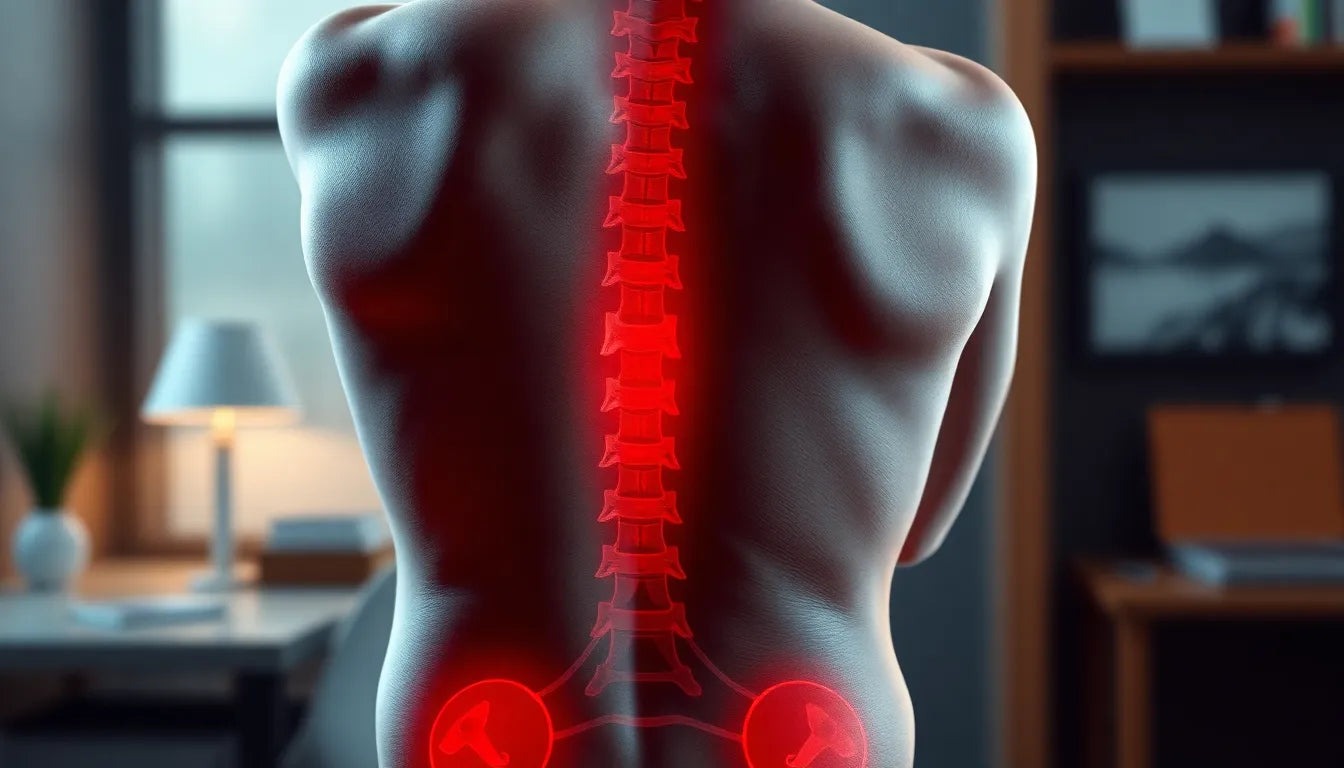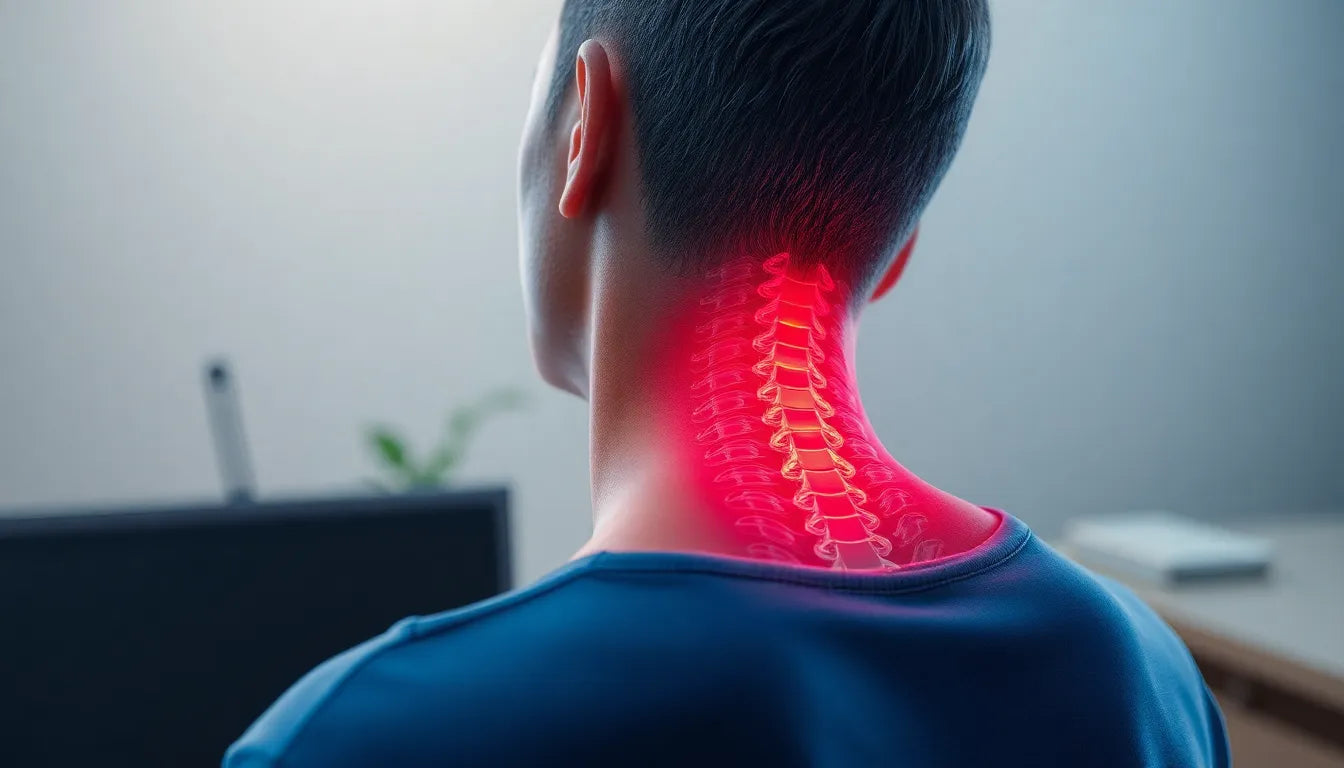Ever felt that sharp pain at the top of your hip after a long day? You might be surprised to learn that the culprit could be the iliac crest. This often overlooked anatomical feature plays a significant role in our daily movements and overall musculoskeletal health. Understanding its function and how it can contribute to discomfort is key to living pain-free.
Understanding the iliac crest
The iliac crest is a crucial structure in the pelvis, forming the uppermost edge of the ilium—the largest bone in the pelvic region. This curved ridge is easily palpable just below the waist, where your hands naturally rest when placed on your hips. It extends from the anterior superior iliac spine (ASIS) at the front to the posterior superior iliac spine (PSIS) at the back, creating what we commonly refer to as the "hip bone."
Its significance extends beyond mere support; the iliac crest is integral to our body's structural stability. It serves as an anchor point for several muscles that facilitate movement and maintain balance, making it indispensable in both everyday activities and specific medical contexts. Whether you're walking, running, or simply standing, the iliac crest plays a pivotal role in bearing and transferring body weight efficiently.
The purpose of understanding the iliac crest
The iliac crest's role in musculoskeletal health is often understated yet vital. By demystifying its functions and connections, we can better manage and prevent pain associated with this part of the body. This post aims to shed light on the iliac crest, offering insights into its anatomical importance and practical strategies for alleviating discomfort. Whether you're experiencing hip pain or are simply curious about this essential pelvic structure, understanding the iliac crest can be your first step towards pain-free living.
Anatomical definition and location of the iliac crest
The iliac crest is an essential anatomical feature, marking the superior margin of the ilium, the largest and most prominent bone in the pelvis. This bony ridge is easily identifiable as the part of the hip that you can feel just below your waistline, extending from the anterior superior iliac spine (ASIS) at the front to the posterior superior iliac spine (PSIS) at the back. This region is not only a structural component but also serves as a vital landmark in both clinical and everyday contexts.
Muscle attachments and their significance
The iliac crest is a critical anchor point for numerous muscles that contribute to movement and stability. Among these are the abdominal muscles—external oblique, internal oblique, and transversus abdominis—which play significant roles in trunk movement and core stability. Additionally, the back muscles, including the latissimus dorsi and erector spinae (comprising iliocostalis and longissimus), attach here, aiding in spinal extension and lateral flexion.
Moving towards the hips and thighs, the iliac crest supports the tensor fasciae latae, gluteus maximus, quadratus lumborum, and sartorius muscles. These muscles are essential for various functions, including hip abduction, extension, and lateral stability. The extensive network of muscle attachments underscores the iliac crest's importance in facilitating complex movements and maintaining postural balance.
Clinical significance of the iliac crest
Beyond its anatomical and functional roles, the iliac crest serves as a crucial landmark in medical procedures. It is commonly used to identify the L4 vertebra during lumbar puncture procedures, a technique vital for diagnosing conditions affecting the central nervous system. Furthermore, the iliac crest is a preferred site for bone marrow harvesting and bone grafting due to its abundant red bone marrow, making it invaluable in both diagnostic and therapeutic contexts.
Function and importance in body mechanics
The iliac crest forms a natural border between the abdominal and pelvic cavities, providing structural stability to the pelvis. This stability is crucial for supporting and transferring body weight during activities such as standing, walking, and running. The iliac crest's strength and resilience enable it to withstand the stresses and strains of everyday movements, ensuring efficient biomechanical function and reducing the risk of injury.
Understanding the iliac crest's multifaceted role in anatomy and clinical practice highlights its significance in maintaining musculoskeletal health. By appreciating its contributions to movement, stability, and medical procedures, individuals can better manage and prevent pain associated with this vital pelvic structure. Whether you're an athlete seeking to optimize performance or someone experiencing discomfort, recognizing the iliac crest's importance is a step towards achieving a pain-free lifestyle.

Lumbar support belt
Adjustable belt for lower back support, helps relieve pain and provide stability during daily activities.
Iliac crest pain: causes and impacts
Experiencing pain around the iliac crest is not uncommon, especially among individuals who engage in repetitive physical activities or maintain poor posture for extended periods. Common causes of iliac crest pain include muscle strain, inflammation, and direct trauma to the area. Overuse injuries, such as those sustained during sports or vigorous exercise, can also lead to discomfort in this region.
Symptoms of iliac crest pain can vary from a dull ache to sharp, localized pain, often exacerbated by movement. This discomfort can significantly impact daily activities, making tasks like bending, lifting, or even walking challenging. Understanding the underlying causes of iliac crest pain is crucial for effective management and prevention.
Managing and preventing iliac crest pain
Addressing iliac crest pain involves a combination of ergonomic adjustments, targeted exercises, and lifestyle modifications. To alleviate pain and strengthen the surrounding muscles, consider incorporating exercises such as side planks and hip bridges into your routine. These exercises target the core and hip muscles, enhancing stability and reducing strain on the iliac crest.

Women's Posture Shirt™ - Black
Patented shirt activates muscles, improves posture, and helps relieve pain and tension for women.
Ergonomic solutions, such as maintaining proper posture while sitting or standing, can also play a vital role in preventing iliac crest pain. Ensuring that your workstation is set up to promote good posture and using supportive seating can help reduce undue stress on the pelvis.
In addition, incorporating regular stretching and flexibility exercises can prevent muscle tightness and improve overall mobility. If pain persists, consulting with a healthcare professional or physical therapist can provide personalized strategies for managing iliac crest discomfort effectively.
frequently asked questions
What causes iliac crest pain?
Iliac crest pain can be caused by muscle strain, inflammation, direct trauma, or overuse injuries. Poor posture and repetitive physical activities can also contribute to discomfort in this area.
How can I treat pain at the top of my hip?
Treating iliac crest pain involves rest, physical therapy, and ergonomic adjustments. Incorporating exercises like side planks and hip bridges can strengthen the area, while maintaining proper posture can prevent further strain.
Why is the iliac crest important in medical procedures?
The iliac crest serves as a landmark for lumbar punctures and is a preferred site for bone marrow harvesting due to its abundant red bone marrow, making it crucial in various medical procedures.
What exercises can strengthen the iliac crest area?
Exercises such as side planks, hip bridges, and core stabilization routines can strengthen the muscles around the iliac crest, enhancing stability and reducing the risk of pain.
Conclusion
Understanding the iliac crest's role in musculoskeletal health is essential for managing and preventing pain in this region. By adopting ergonomic practices, engaging in targeted exercises, and seeking professional guidance when necessary, individuals can enhance their quality of life and achieve pain-free living. Recognizing the iliac crest's significance is a vital step toward maintaining overall well-being and functional mobility.
Källor
- Wikipedia. "Iliac Crest."
- Elsevier. "Iliac Crest Anatomy."
- Innerbody. "Iliac Crest."
- NCBI. "Iliac Crest: Anatomy and Clinical Significance."
- Lumen Learning. "The Pelvic Girdle and Pelvis."
- Medical News Today. "What to Know About Iliac Crest Pain."
- TeachMeAnatomy. "The Hip Bone."
- AO Foundation. "Iliac Crest Reconstruction Techniques."
- Physio-Pedia. "Ilium."


















